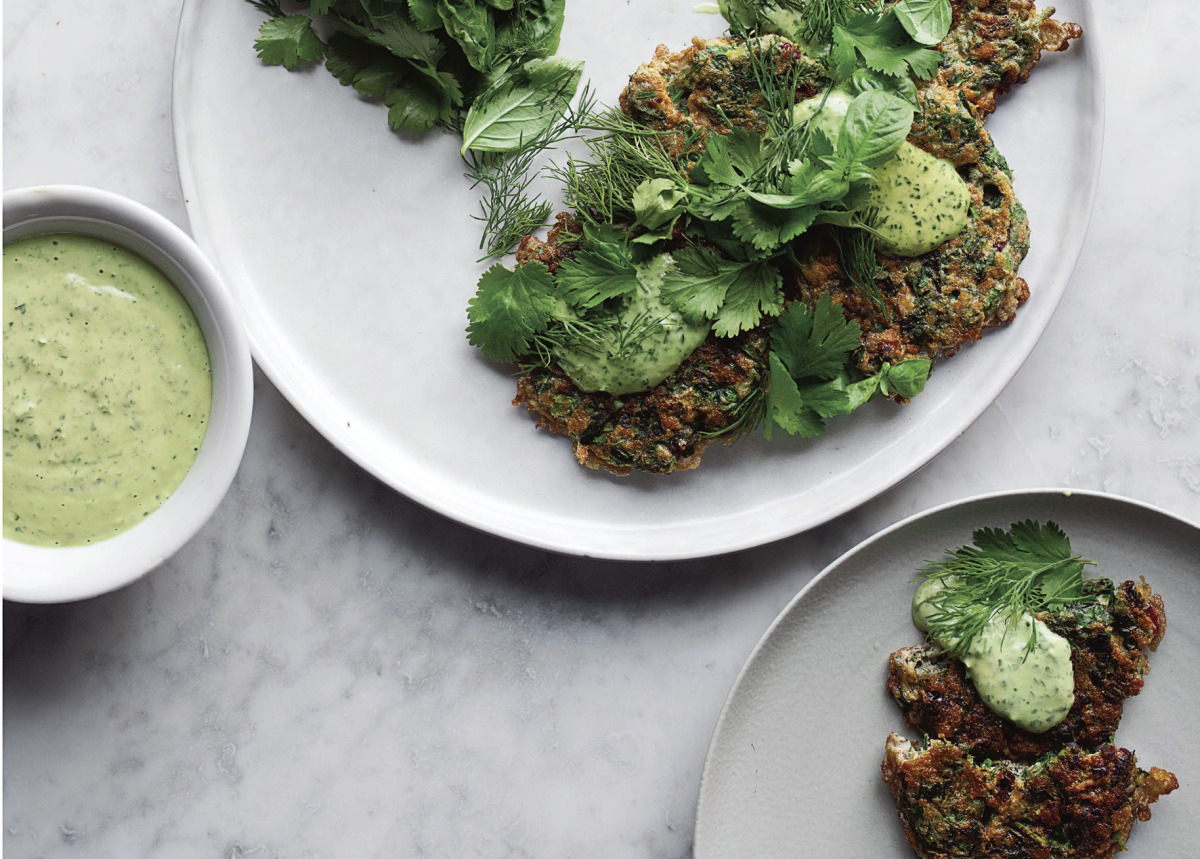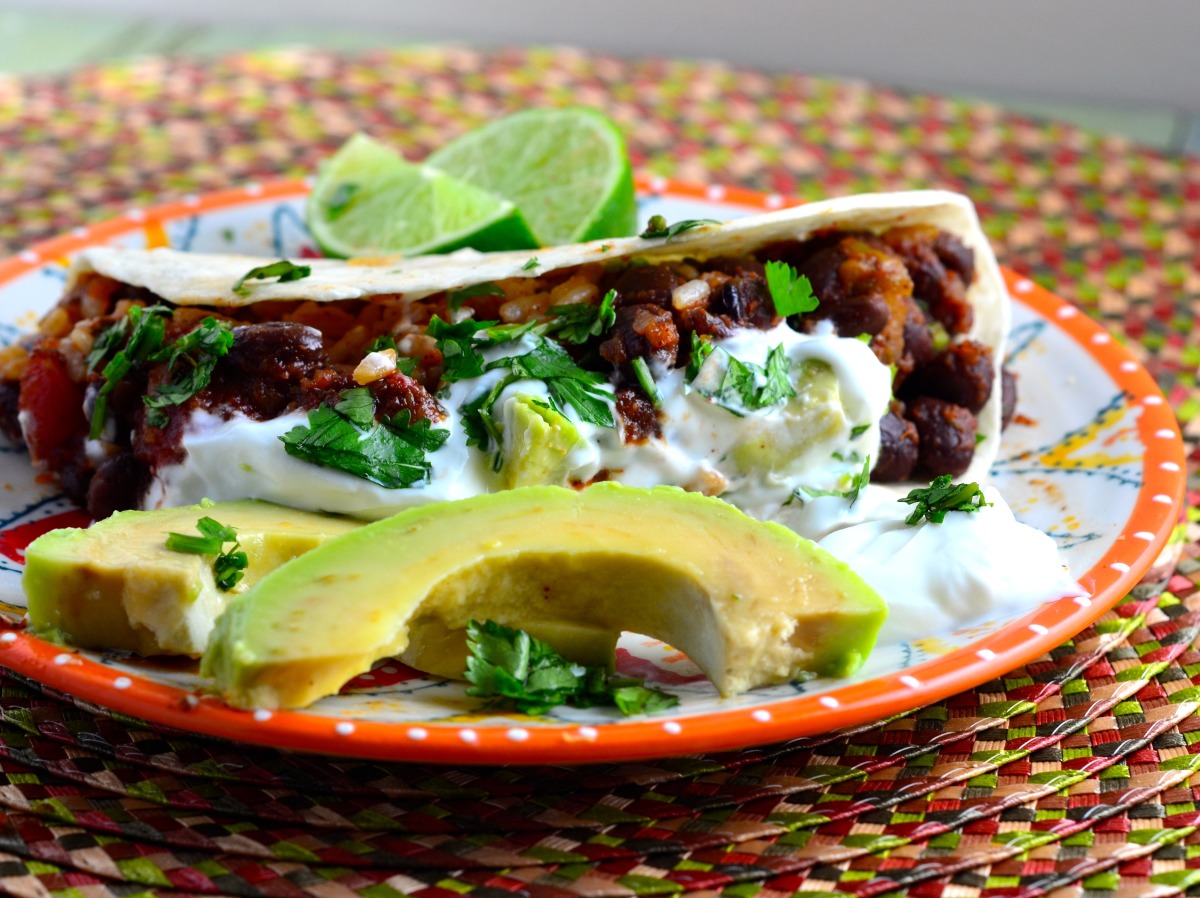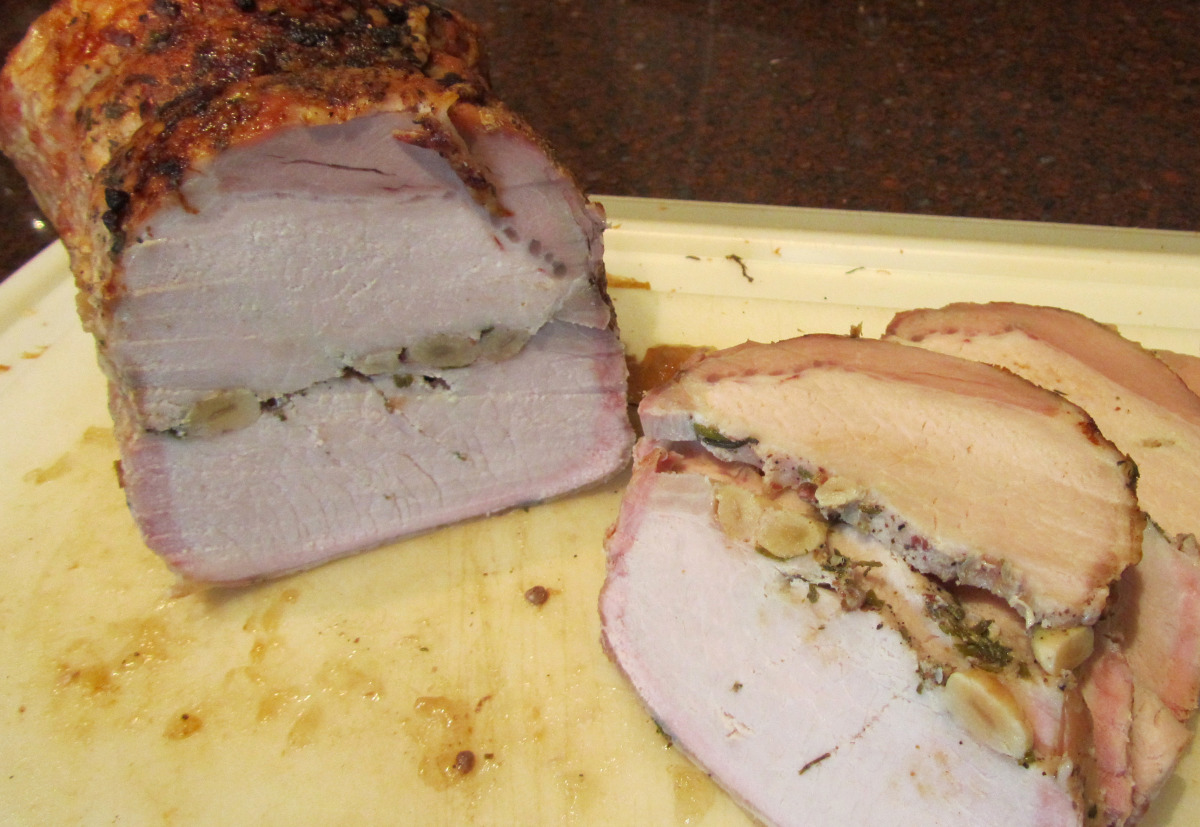In the vibrant tapestry of Iranian cuisine, there lies a delightful treat known as herb fritters, also known as kuku sabzi. This savory dish holds a special place in Iranian hearts, often gracing the tables during Nowruz, the Persian New Year celebration, and other special occasions. Made with a symphony of fresh herbs, eggs, and spices, kuku sabzi embodies the essence of Iranian flavors. This article presents a collection of kuku sabzi recipes, each offering a unique twist on this beloved dish. From the classic kuku sabzi adorned with aromatic herbs like cilantro, parsley, dill, and chives, to variations featuring spinach, fenugreek, and even meat, these recipes cater to diverse tastes and preferences. Embark on a culinary journey as we delve into the world of Iranian herb fritters, exploring the secrets behind their irresistible charm.
Let's cook with our recipes!
IRANIAN HERB FRITTERS FROM SIMPLE

Recipe courtesy of SIMPLE by Yotam Ottolenghi, 2018. These can be snacked on as they are, at room temperature, or served with a green tahini sauce and some extra herbs. If you want to make the tahini sauce, just blitz 3 tbsp/50g tahini, 1 1/2 cups/30g parsley, 1/2 crushed garlic clove, 2 tbsp lemon juice, and 1/8 tsp salt for 30 seconds and pour in 1/2 cup/120ml water. Adding the water last allows the parsley to get really broken up and turns the sauce as green as can be. This sauce is lovely spooned over all sorts of things-grilled meat and fish and roasted vegetables, for example-so double or triple the batch and keep it in the fridge. It keeps well for about 5 days. You might want to thin it with a little water or lemon juice to get it back to the right consistency. These fritters are a bit of a fridge-raid, using up whatever herbs you have around. As long as you keep the total net weight the same and use a mixture of herbs, this will still work wonderfully. The batter will keep, uncooked, for 1 day in the fridge. Alternatively, pile the fritters into pita bread with condiments, such as a combination of yogurt, chile sauce, pickled vegetables, and tahini. You'd just need one fritter per person, rather than two. Makes eight fritters, to serve four to eight (depending on whether everyone is having one in a pita or two as they are).
Provided by Food.com
Categories Southwest Asia (middle East)
Time 30m
Yield 4-8 serving(s)
Number Of Ingredients 10
Steps:
- Place all the ingredients, apart from the oil, in a large bowl with 1/2 tsp of salt. Mix well to combine and set aside.
- Put 2 tbsp of the oil into a large nonstick pan and place over medium-high heat. Once hot, add ladles of batter to the pan. Do 4 fritters at a time, if you can-you want each of them to be about 5 inches/12cm wide-otherwise just do 2 or 3 at a time. Fry for 1-2 minutes on each side, until crisp and golden brown. Transfer to a paper towel-lined plate and set aside while you continue with the remaining batter and oil.
- Serve warm or at room temperature.
- BUY THE BOOK HERE:.
- https://www.amazon.com/Ottolenghi-Simple-Cookbook-Yotam/dp/1607749165/.
Nutrition Facts : Calories 450.4, Fat 31.5, SaturatedFat 5.8, Cholesterol 372, Sodium 349.3, Carbohydrate 23.6, Fiber 3, Sugar 2.5, Protein 19.5
KUKU SABZI (PERSIAN HERB FRITTATA)

Kuku, which is like a Persian frittata, comes in many forms, but this one, packed to the brim with herbs, is my favorite. Washing and picking through the piles of herbs can be overwhelming if you're not used to staring down a mountain of produce, so feel free to prepare them in advance. I particularly love kuku sabzi for the contrast between its vivid-green herbaceous interior and its dark, sweet crust. Kuku is traditionally served with flatbread and a selection of crunchy and acidic condiments to balance the sweetness of the herbs; my favorites are fresh radishes, the chopped eggplant pickles called liteh and chunks of soft, salty feta cheese. Leftover kuku slathered with mast-o khiar makes for a wonderful sandwich.
Provided by Samin Nosrat
Categories brunch, lunch, vegetables, appetizer, main course, side dish
Time 2h
Yield 6 to 8 servings
Number Of Ingredients 19
Steps:
- Trim woody ends from cilantro, parsley and dill so that only leaves and tender stems remain. Wash herbs and romaine leaves, then use a salad spinner to dry very well. Set aside.
- Finely dice both the green and white parts of the leeks. Wash well and drain.
- Set a 10-inch cast-iron or nonstick pan over medium-high heat. When the pan is hot, add 3 tablespoons oil. When the oil shimmers, add leeks. Season with a generous pinch of salt and cook, stirring occasionally, until translucent and softened but not browned, about 20 minutes, reducing the heat if necessary.
- In the meantime, very finely chop the cilantro, parsley, dill and romaine by hand - the smaller the pieces, the more deeply green your kuku will be. To chop such a large volume of herbs, take a large handful or two at a time and roll into a tight ball. Run a large, sharp knife through the ball to initially chop the herbs roughly, then continue to rock the knife back and forth through the pile of herbs until very finely chopped. Repeat with remaining herbs until finished. Combine the chopped herbs and romaine with the dried fenugreek and dried dill in a very large bowl.
- When leeks are cooked, add herb mixture and another generous pinch of salt to the pan and cook, stirring often, until it dries out and the color changes to a very dark green, about 5 minutes. Transfer the mixture back into the very large bowl; spread it out, then allow it to cool to room temperature.
- When the herb mixture has cooled, add barberries, turmeric, baking powder, 2 teaspoons salt and 1/2 teaspoon pepper. Taste the mixture: It should be a little on the salty side. If it's not, add a little more salt. One at a time, add eggs to the herb mixture, stirring well after each addition. Use as few eggs as needed to barely bind the mixture; this will ensure a brilliant-green kuku. The mixture should be the consistency of a loose porridge.
- Wipe out the pan and melt the butter over medium-high heat. When the butter melts, add remaining 1/4 cup oil. Add a tiny spoonful of the kuku mixture to the pan. When it sizzles, add the rest of the mixture and use a rubber spatula to spread it out evenly. The oil should bubble up the sides of the kuku. Run the spatula around the edge and jiggle the pan from time to time to check that the mixture isn't sticking. Cook, rotating pan a quarter turn every 3 to 4 minutes, until the kuku is set, the bottom is a very dark brown, and the edges are golden brown, 15 to 20 minutes. Don't be afraid of getting your crust really dark - it will appear almost burned, but it will taste heavenly sweet.
- Use a rubber spatula to ensure that the kuku is not stuck to the pan, then carefully tip as much of the oil as possible into a medium bowl and set aside. Cover the pan with a large, flat platter or pizza pan and flip the kuku onto it and set aside. Return the oil to the pan and carefully slide the flipped kuku back into the pan to cook the second side. Cook over medium-high until the second side is dark brown and the kuku is cooked through, about 5 more minutes.
- While the kuku finishes cooking, wipe off the platter and line with a double layer of paper towels. Flip the finished kuku onto the prepared platter and use another paper towel to dab excess oil from the surface. To serve, flip once more onto a serving platter and peel away paper towels.
- Serve warm, cold or at room temperature, with your choice of radishes, pickles, feta, warmed flatbread and mast-o khiar.
HERB FRITTERS

Inspired by a recipe in Clifford A. Wright's "The Little Foods of the Mediterranean," these fritters are light and delicate. You can use a mix of herbs and finely chopped greens - mild ones like spinach and chard, or more robust greens like dandelion or arugula - or all herbs, or all greens. You can also use this batter as a vehicle for other finely chopped or grated vegetables, like cabbage or carrots, onions or leeks. The fritters make a great hors d'oeuvre or side dish.
Provided by Martha Rose Shulman
Categories dinner, lunch, snack, vegetables, appetizer, side dish
Time 2h30m
Yield Serves 6 to 8
Number Of Ingredients 8
Steps:
- Mix together flours, baking powder and salt in a large bowl. Make a well in the center and add egg yolk and oil. Beat egg yolk and oil together, add sparkling water and mix in flour. Whisk until smooth. Cover with plastic and let sit for 2 hours.
- Beat egg white to stiff but not dry peaks and fold into batter. Fold in finely chopped herbs and greens.
- Pour oil into a wok or wide saucepan to a depth of 3 inches and heat over medium-high heat to 360 to 375 degrees. Set up a sheet pan with a rack on it next to pan. Cover rack with a few layers of paper towels. Have a spider or deep fry skimmer handy for removing fritters from oil.
- . Scoop up the batter by the tablespoon and carefully drop into the hot oil. You should be able to fry about 5 at a time. After a few seconds flip the fritters over, then fry until golden brown, about 2 minutes, flipping over again halfway through. Remove from oil with a spider or deep-fry skimmer and drain on the towel-covered rack. Allow to cool slightly, and serve.
Nutrition Facts : @context http, Calories 64, UnsaturatedFat 2 grams, Carbohydrate 9 grams, Fat 2 grams, Fiber 1 gram, Protein 2 grams, SaturatedFat 0 grams, Sodium 108 milligrams, Sugar 0 grams, TransFat 0 grams
IRANIAN HERB AND WALNUT FRITTATA

This is just one of many versions of a classic Iranian frittata filled with fresh herbs and walnuts. Some versions include dried rose petals, which perfume the frittata. I've substituted a drop of rose water, because that is what I had in my pantry.
Provided by Martha Rose Shulman
Categories dinner, weekday, main course
Time 1h10m
Yield Serves 6
Number Of Ingredients 10
Steps:
- Beat the eggs in a large bowl. Add the yogurt, rose water, and salt and pepper and beat well. Add the herbs and walnuts, stir together and let sit for 30 minutes, stirring every so often.
- Heat one tablespoon of the oil in a 10-inch nonstick skillet over medium heat and add the scallions. Cook, stirring, until tender, about 3 minutes. Add the garlic and cook, stirring, until fragrant, 30 seconds to a minute. Remove from the heat and add to the eggs. Stir together.
- Add the remaining tablespoon of oil to the pan and swirl to coat evenly. Heat over medium-high heat until a drop of egg sizzles and sets within seconds of adding it to the pan. Stir the frittata mixture and add it to the pan, scraping in every last bit with a rubber spatula. Shake the pan gently, tilting it slightly with one hand while lifting up the edges of the frittata with the spatula in your other hand, to let the eggs run underneath during the first few minutes of cooking. Once a few layers of egg have cooked during the first couple of minutes of cooking, turn the heat down to low, cover the pan and cook over low heat for 10 minutes, shaking the pan gently every once in a while. From time to time remove the lid and loosen the bottom of the omelet with a wooden spatula, tilting the pan, so that the bottom doesn't burn. It will however turn golden. The eggs should be just about set; cook a few minutes longer if they're not.
- Meanwhile, heat the broiler. Uncover the pan and place under the broiler, not too close to the heat, for 1 to 3 minutes, watching very carefully to make sure the top doesn't burn (at most, it should brown very slightly and puff under the broiler). Remove from the heat, shake the pan to make sure the frittata isn't sticking and allow it to cool for at least 5 minutes and for up to 15. Loosen the edges with a wooden or plastic spatula. Carefully slide from the pan onto a large round platter. Cut into wedges and serve hot, warm, at room temperature
Nutrition Facts : @context http, Calories 168, UnsaturatedFat 8 grams, Carbohydrate 6 grams, Fat 12 grams, Fiber 2 grams, Protein 10 grams, SaturatedFat 3 grams, Sodium 311 milligrams, Sugar 2 grams, TransFat 0 grams
Tips:
- Use fresh herbs for the best flavor. If you can't find fresh herbs, you can use dried herbs, but use half the amount.
- Don't overmix the batter. Overmixing will make the fritters tough.
- Use a large spoon or ice cream scoop to drop the batter into the hot oil. This will help to ensure that the fritters are evenly sized and cooked.
- Don't overcrowd the pan when frying the fritters. This will cause the oil temperature to drop and the fritters will not cook evenly.
- Serve the fritters hot with your favorite dipping sauce.
Conclusion:
Iranian herb fritters are a delicious and easy-to-make appetizer or snack. They are perfect for parties or gatherings, and they can also be served as a side dish. With their crispy exterior and fluffy interior, these fritters are sure to be a hit with everyone who tries them. So next time you're looking for a new and exciting way to enjoy fresh herbs, give Iranian herb fritters a try!
Are you curently on diet or you just want to control your food's nutritions, ingredients? We will help you find recipes by cooking method, nutrition, ingredients...
Check it out »
You'll also love







